How AI-Powered Insights Improve Profitability for Dental Practices

Mounir Atassi
12 Mar 2024
5 min read
Discription
Learn how AI-powered insights can transform dental practices by providing real-time cost tracking, optimizing resource allocation, and forecasting future growth opportunities. Discover how using AI-driven financial tools like ClinBI helps improve profitability through better decision-making and cost reduction. Explore the benefits of predictive analytics, granular cost insights, and enhanced patient experiences, ensuring your practice stays competitive and profitable.
In today’s competitive dental landscape, efficiency is the cornerstone of success. Many dental practices struggle to understand which procedures are the most profitable and where they might be losing revenue. AI-powered insights provide a way to track costs in real-time, identify inefficiencies, and plan for sustainable growth. Here’s how AI can revolutionize your practice’s financial health:
1. Real-Time Data for Better Decisions
AI-powered financial tools provide dental practices with real-time data on every procedure and service, allowing for immediate insight into what is generating profit and what may be cutting into margins. Whether it’s analyzing the cost of a dental implant or tracking the resources consumed by routine cleanings, real-time data helps practices make quick, informed decisions to optimize profitability.
Example: By instantly tracking the costs associated with specific procedures, practices can adjust pricing, staffing, and resource allocation as needed. For instance, if a specific service is overstaffed or utilizing more expensive resources, adjustments can be made to optimize the costs and ensure better profit margins.
2. Cost Optimization with Granular Insights
One of the biggest advantages of AI in financial management is the ability to drill down into the specifics. It doesn’t just show you broad financial figures—it breaks down the exact cost of each treatment, from materials used to staff time required. This granular level of detail is crucial for practices aiming to eliminate inefficiencies and focus on high-margin services.
By analyzing these data points, dental practices can identify services that may not be as profitable as they seem. AI helps flag areas where costs can be reduced without compromising patient care. This leads to immediate cost savings that directly impact profitability.
Example: If a clinic offers both routine cleanings and cosmetic procedures, AI can highlight that the cosmetic procedures are bringing in significantly more profit per resource used, guiding the clinic to invest more heavily in promoting those services.
3. Forecasting Growth Opportunities
AI doesn’t just offer a snapshot of your current financial health—it helps you predict the future. With predictive analytics, practices can forecast trends such as patient demand, resource needs, and potential cost increases. This type of forward-looking insight is invaluable for strategic planning, allowing practices to prepare for growth or adjust to market changes before they occur.
Predictive analytics also help with resource allocation. By forecasting when and where certain procedures will be in higher demand, practices can allocate staff, materials, and resources efficiently to meet future patient needs while minimizing unnecessary expenses.
Example: A dental practice might predict that the demand for orthodontic services will increase in the next quarter based on historical patient data and market trends. With this insight, the practice can stock up on necessary materials, schedule more staff, and plan marketing efforts accordingly to capitalize on the growth opportunity.
4. Enhanced Patient Experience
When practices operate efficiently and profitably, patients benefit too. By using AI-powered insights, dental practices can ensure they are delivering high-quality care at optimal costs, allowing them to reinvest in patient services. Additionally, by improving cost efficiency, practices can maintain competitive pricing, making services more accessible to patients.
Example: Practices can use AI to identify the most cost-effective way to deliver services, ensuring patients get top-quality care without inflated costs. Additionally, streamlined operations mean less wait time and better service for patients, ultimately enhancing their overall experience.
Conclusion
AI-powered financial insights are transforming the way dental practices operate. From real-time data tracking to predictive analytics, AI helps practices cut unnecessary costs, optimize resource allocation, and plan for long-term growth. Whether you're a solo practice or managing a large DSO, implementing AI-powered tools like ClinBI can lead to significant improvements in profitability and efficiency.


